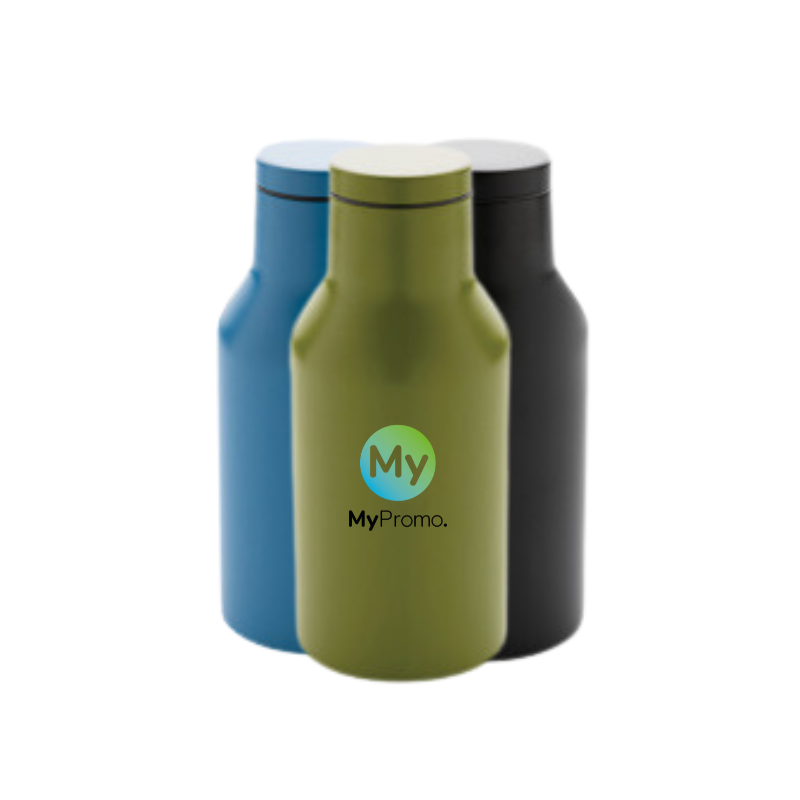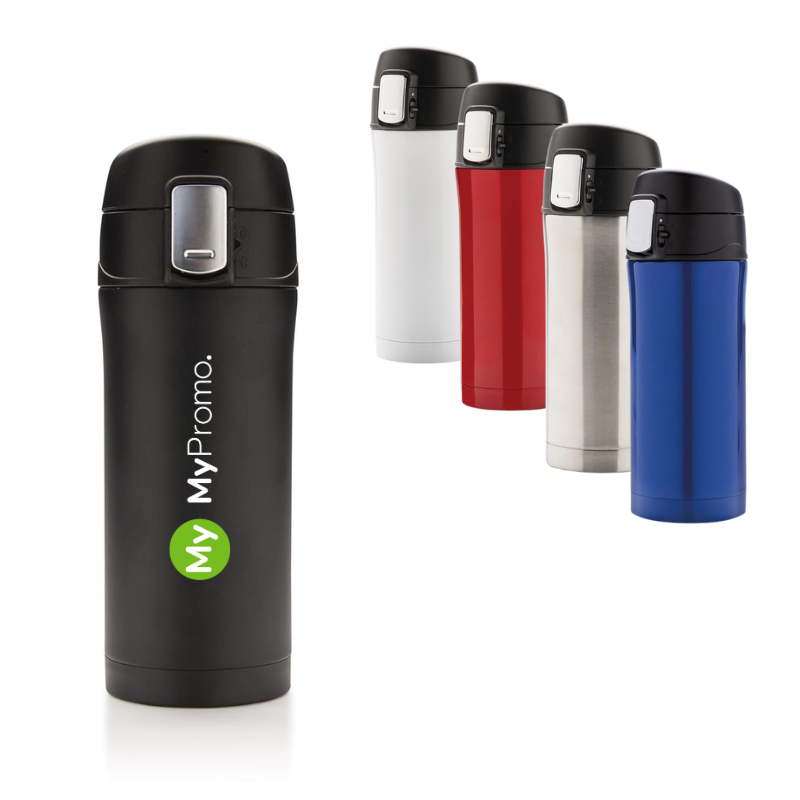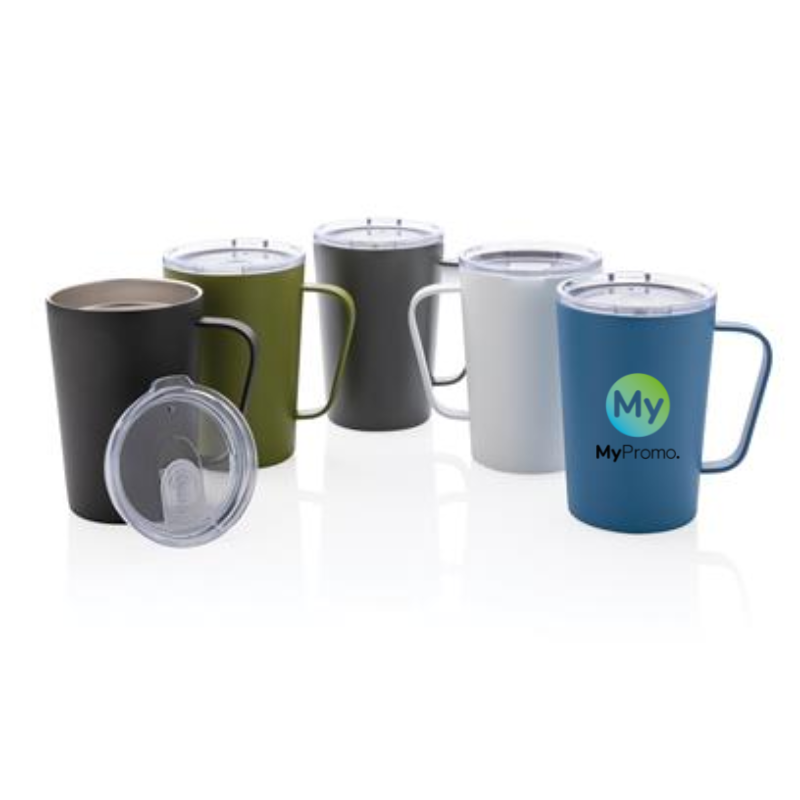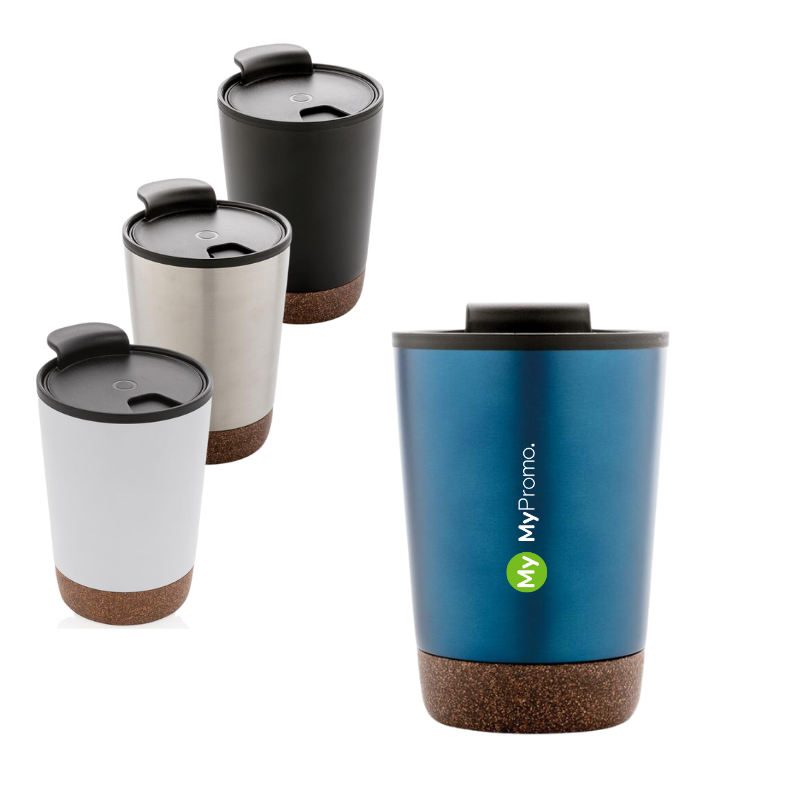Recycled stainless steel
What is Recycled Stainless Steel?
Recycled stainless steel plays a crucial role in modern manufacturing and promotional gifts, offering an eco-friendly solution without compromising on quality or durability. Originating from both post-consumer scrap and industrial waste, recycled stainless steel provides a sustainable alternative that helps reduce landfill waste and decrease the environmental impact of new steel production.
From Scrap to Steel: The Lifecycle of Recycled Stainless Steel
The journey of recycled stainless steel begins with the collection of scrap materials from various sources, including industrial facilities, old appliances, and construction sites. These materials are then sorted to extract stainless steel, which is melted down in a furnace. Through a process of purification and refinement, it is formed into new stainless steel products. This recycling loop conserves valuable natural resources and significantly reduces energy consumption compared to producing new steel from raw ore.
Characteristics and Benefits
Recycled stainless steel retains many of the valuable properties of its original form, making it a robust material for various uses. It is highly durable, effectively resisting corrosion, heat, and chemical damage. Its non-porous nature ensures it remains hygienic, which is particularly beneficial for medical and food-related applications. Additionally, recycled stainless steel maintains a high lustre and requires minimal maintenance, adding to its aesthetic appeal. It also preserves structural integrity, providing the necessary strength for a variety of industrial applications. These properties make recycled stainless steel an excellent choice for numerous sectors, balancing functionality and style.
Applications Across Industries
Recycled stainless steel is extensively used across different sectors. In manufacturing, it is found in machinery and tools. The construction industry utilises it for reinforcements and fixtures. In the realm of promotional gifts, it is popular for creating high-end, durable items such as personalised pens, personalised keyrings, and other custom-designed products. These uses highlight the versatility and adaptability of recycled stainless steel in providing both functional and promotional value.
Comparison and Challenges
While recycled stainless steel offers numerous environmental and economic benefits, such as a reduced carbon footprint and lower production costs, it does face challenges. The quality of recycled steel can vary depending on the source and purity of the scrap used, which may affect the properties of the end product. However, advances in technology are increasingly mitigating these issues, making recycled stainless steel a competitive alternative to virgin materials.
Comparison of Recycled vs. Virgin Stainless Steel Properties
This table outlines the key differences in strength, corrosion resistance, and environmental impact between recycled and virgin stainless steel:
| Material | Strength | Corrosion Resistance | Environmental Impact |
|---|---|---|---|
| Recycled Stainless Steel | Moderate | High | Low |
| Virgin Stainless Steel | High | Very High | High |
What is recycled stainless steel?
Recycled stainless steel is made from scrap materials, providing an eco-friendly alternative to new steel, reducing waste and energy consumption.
Is recycled stainless steel as good as new?
Yes, recycled stainless steel can meet the same standards as new stainless steel, depending on the recycling process and the quality of the scrap used.
Can recycled stainless steel be used in food-related products?
Absolutely, recycled stainless steel is often used in kitchenware and food processing equipment due to its hygienic properties.
What are the environmental benefits of using recycled stainless steel?
Using recycled stainless steel helps reduce landfill waste, lowers greenhouse gas emissions, and saves energy compared to producing new steel from ore.
How is recycled stainless steel made?
Recycled stainless steel is produced by melting down collected steel scrap, purifying it, and then casting it into forms that can be used to manufacture new products.








